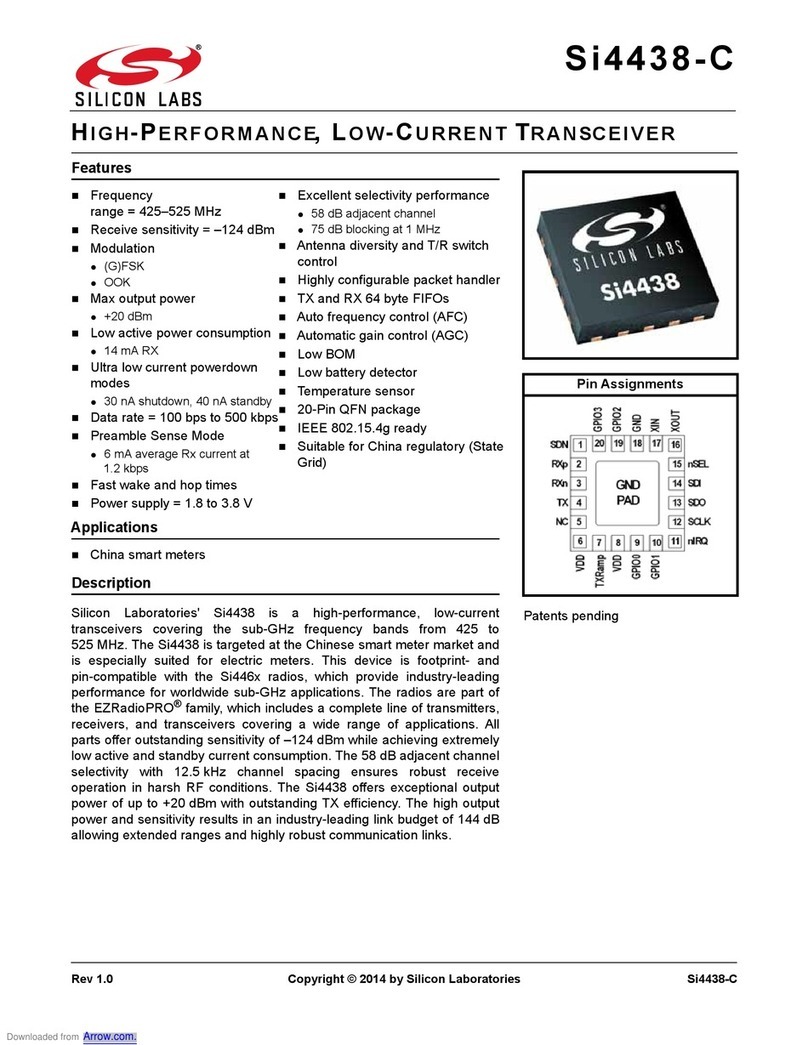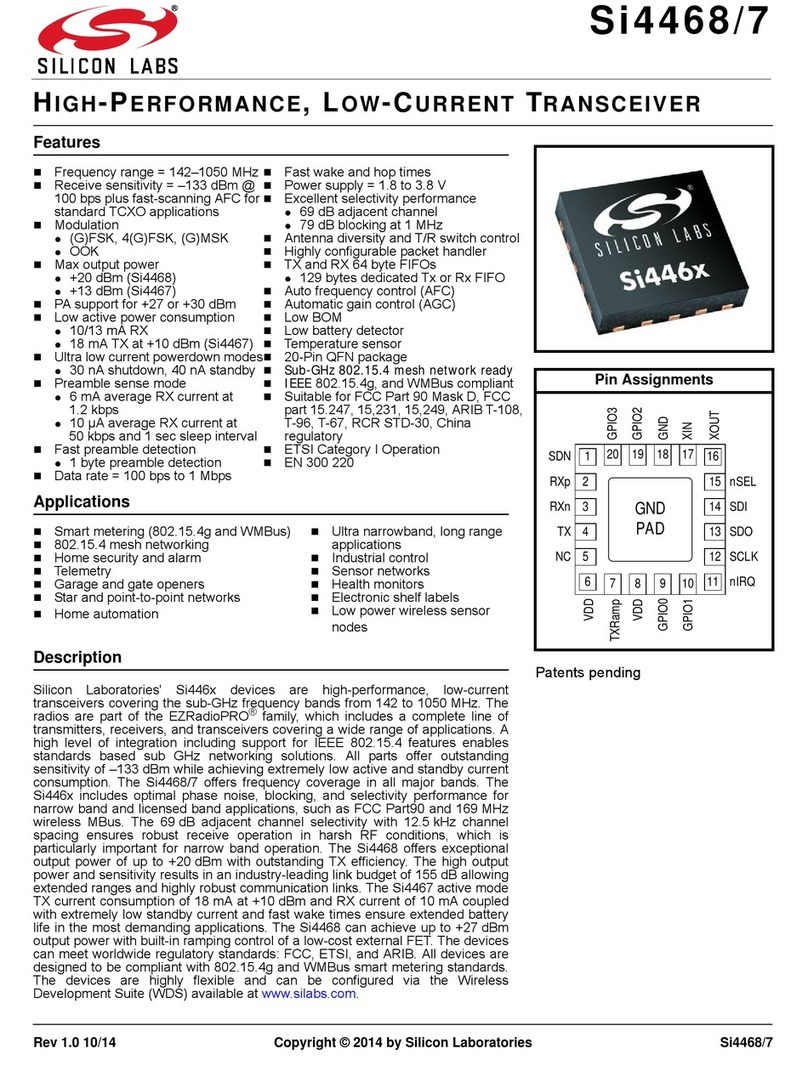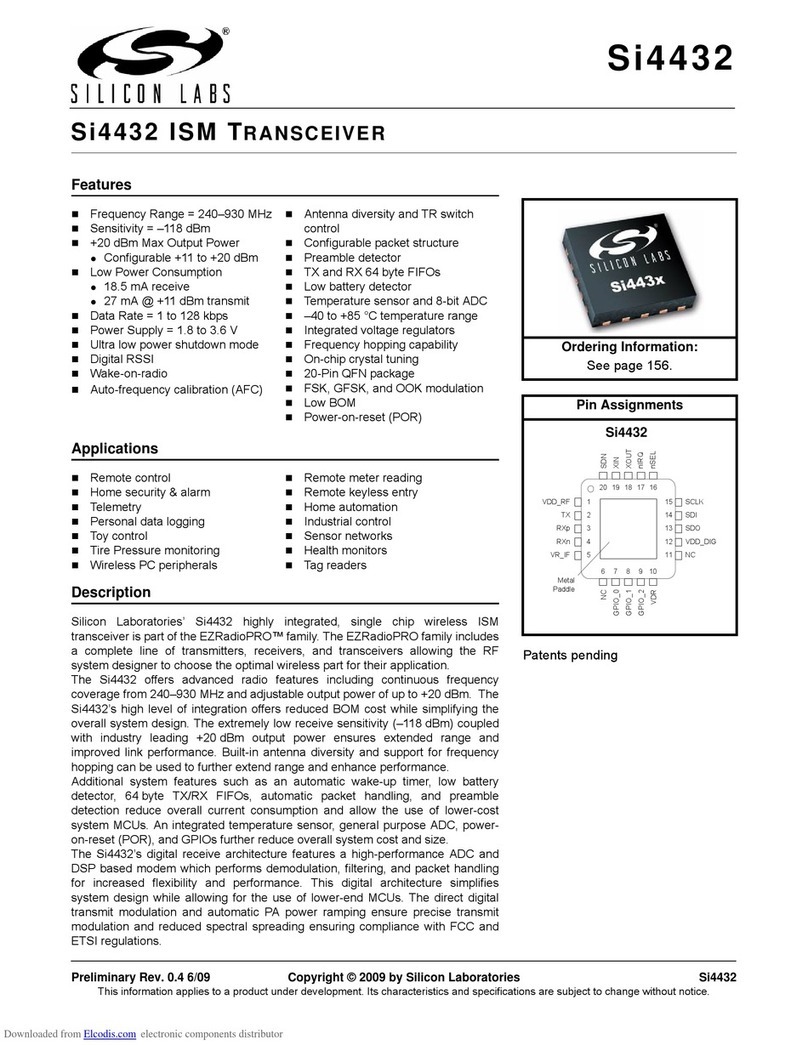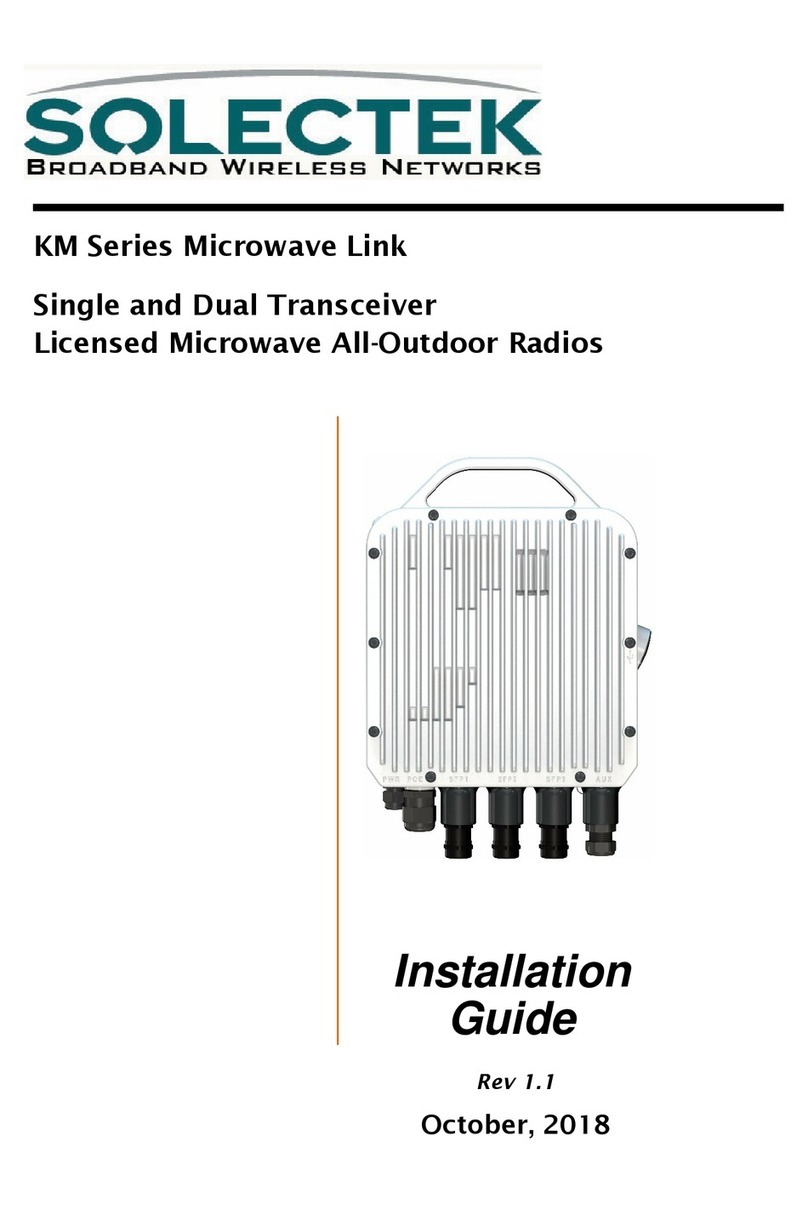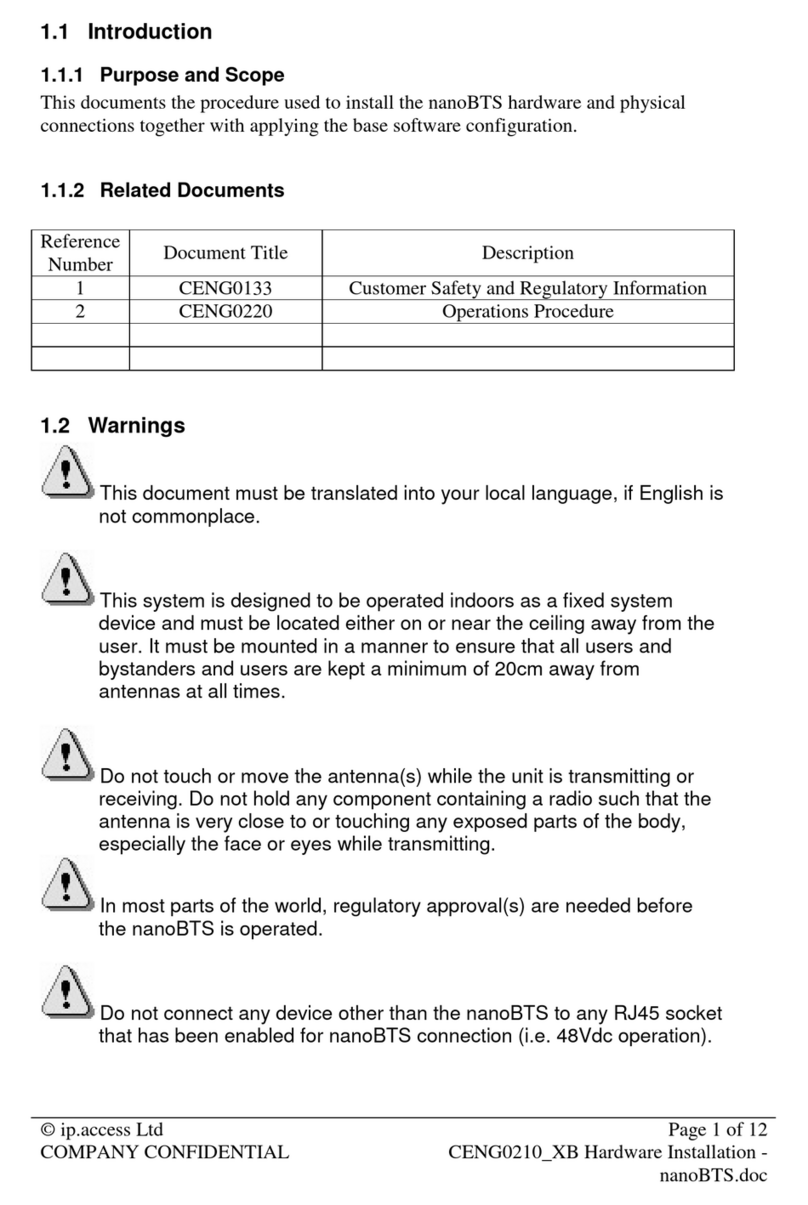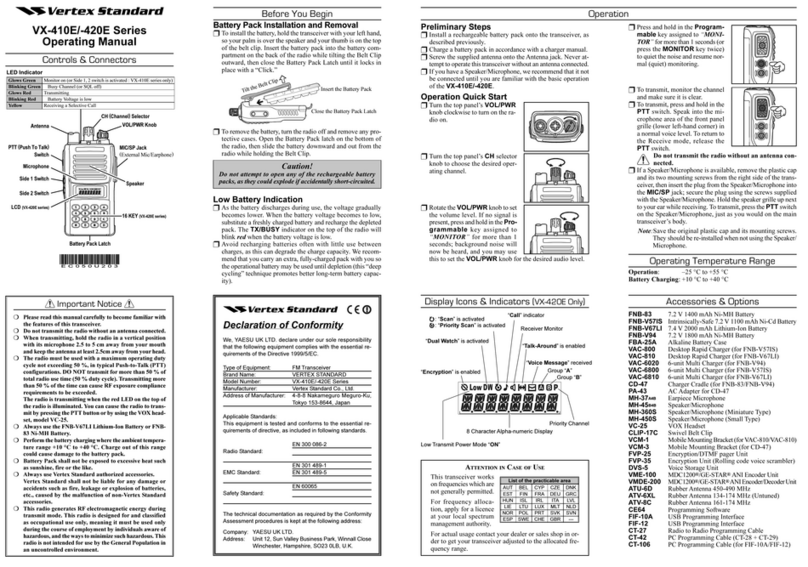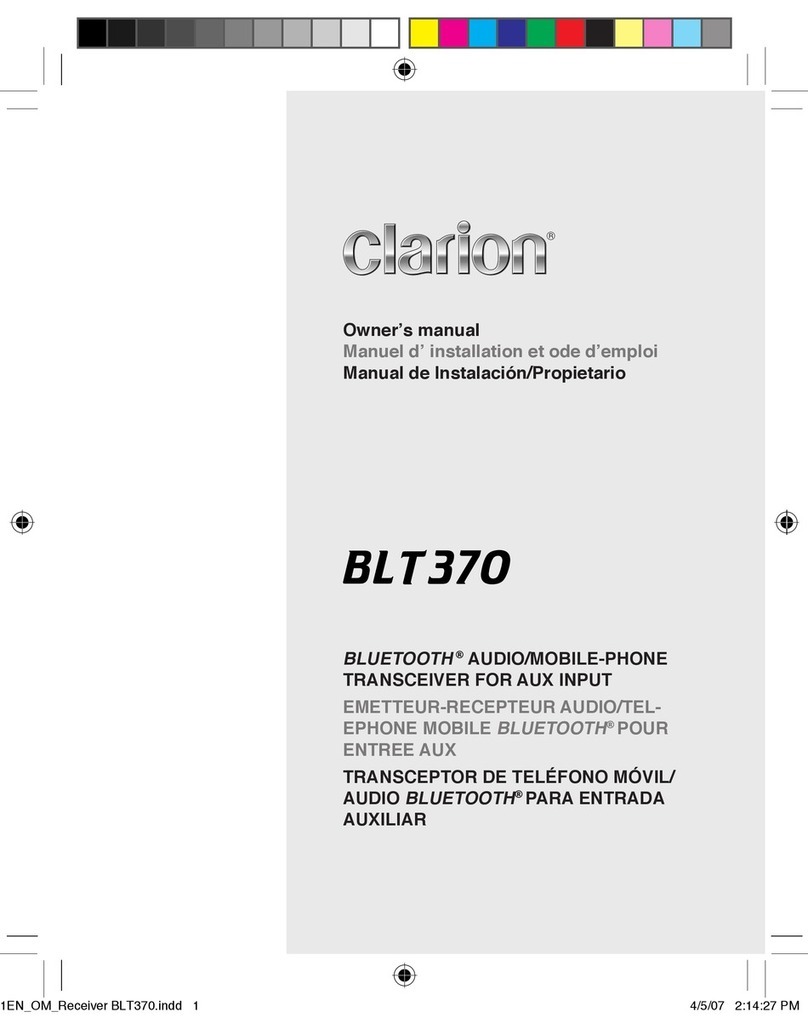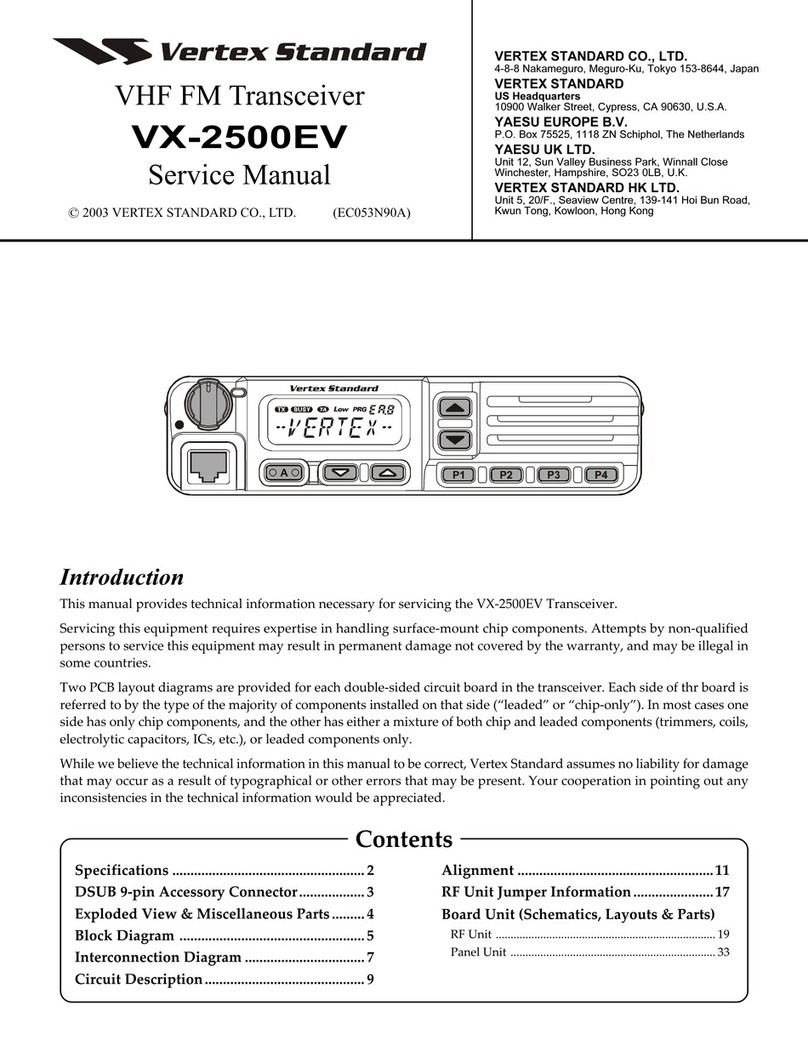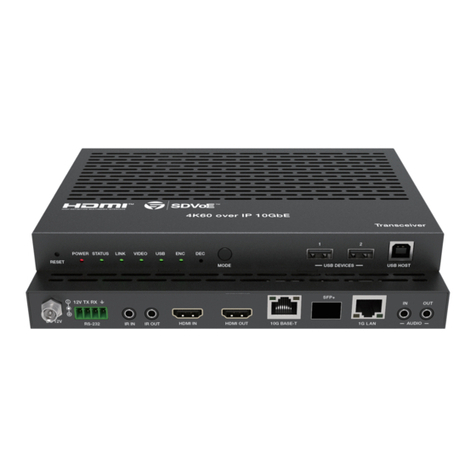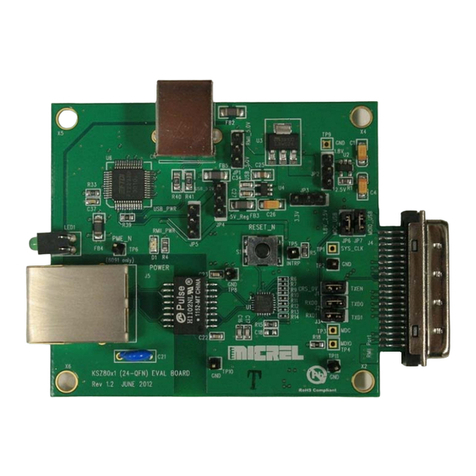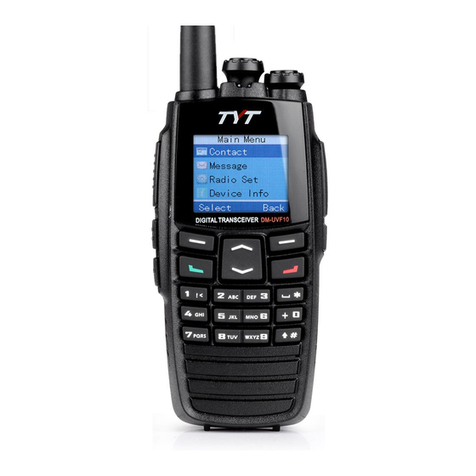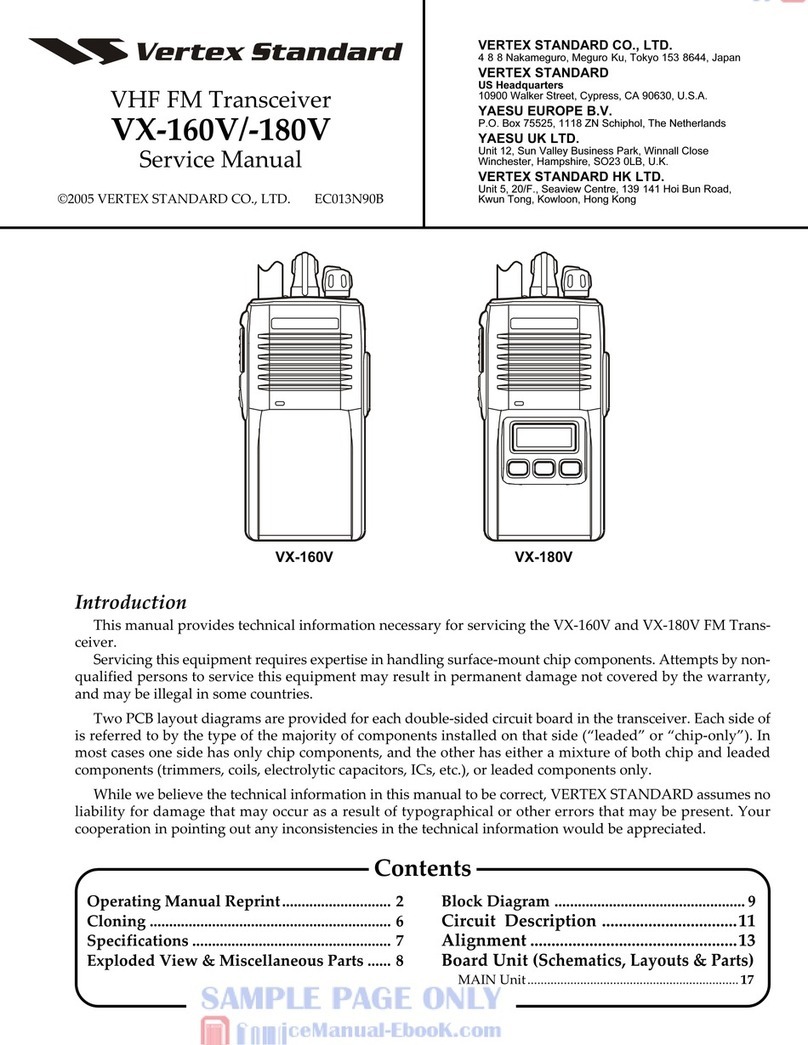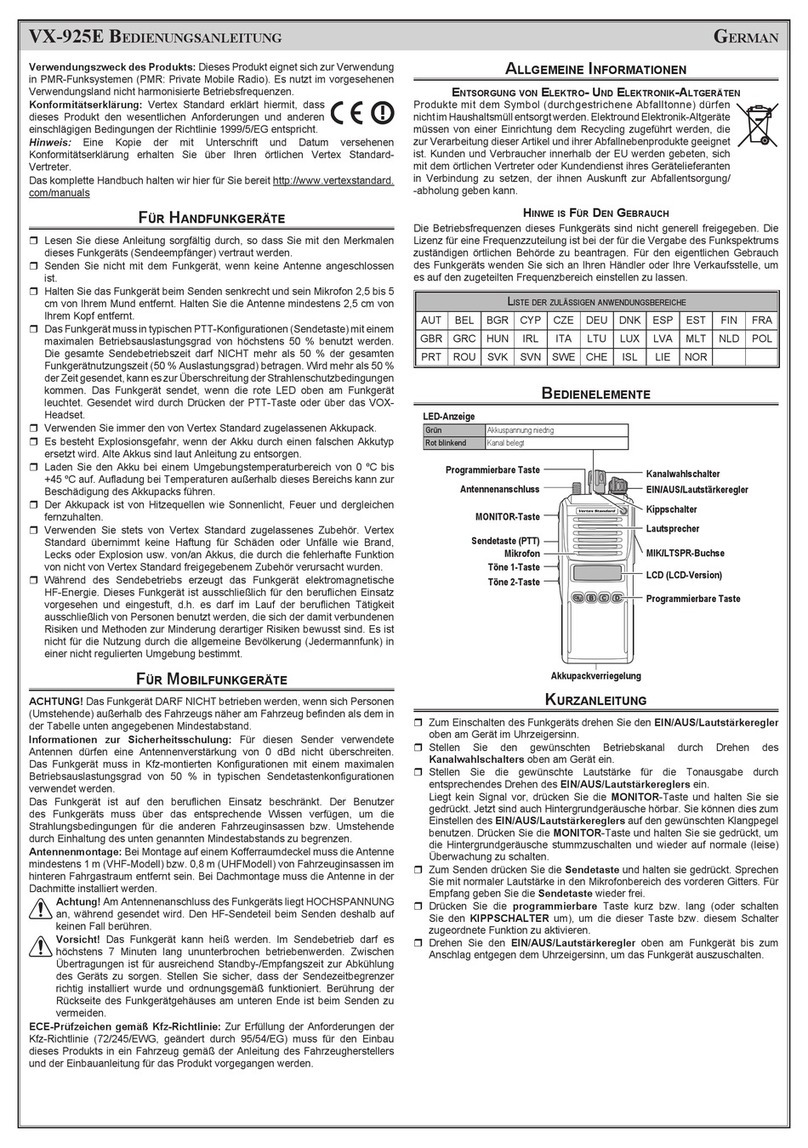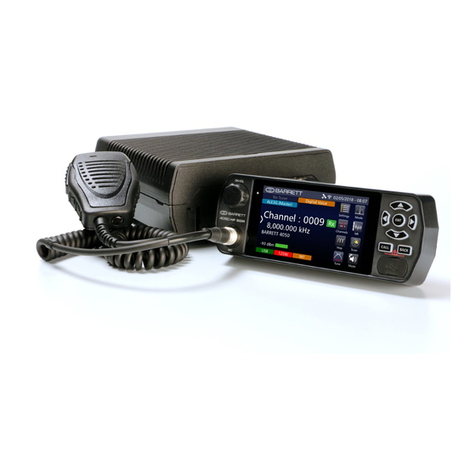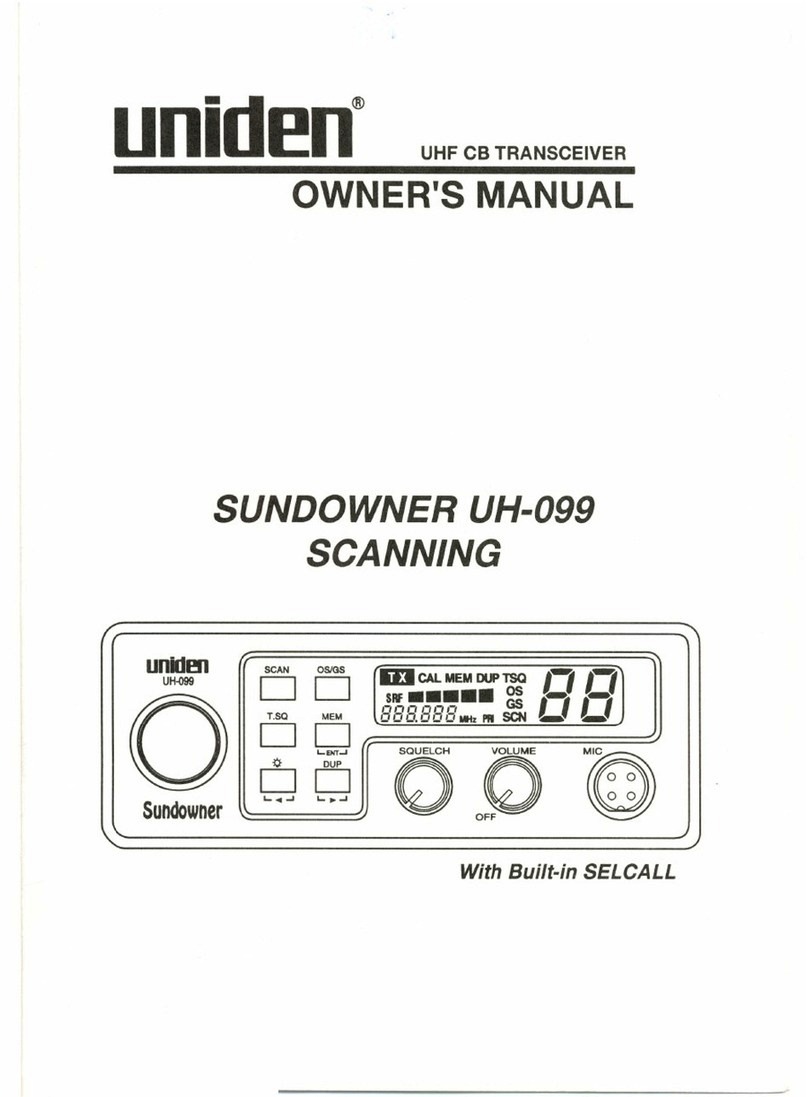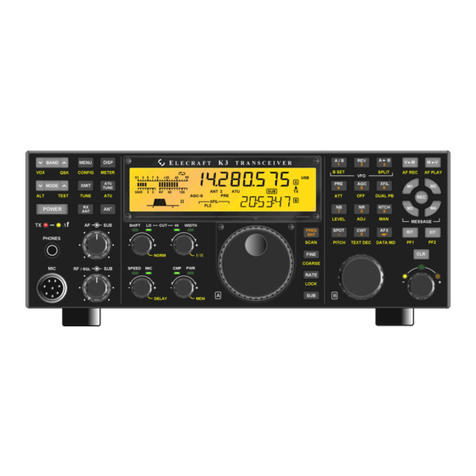
Si4432
16 Preliminary Rev. 0.2
2. Functional Description
The Si4432 is a 100% CMOS ISM wireless transceiver
with continuous frequency tuning over the complete
240–930 MHz band. The wide operating voltage range
of 1.8–3.6 V and low current consumption makes the
Si4432 and ideal solution for battery powered
applications.
The Si4432 operates as a time division duplexing (TDD)
transceiver where the device alternately transmits and
receives data packets. The receiver uses a single-
conversion, image-reject mixer to downconvert the 2-
level FSK/GFSK/OOK modulated receive signal to a low
IF frequency. Following a programmable gain amplifier
(PGA) the signal is converted to the digital domain by a
high performance ADC allowing filtering,
demodulation, slicing, error correction, and packet
handling to be performed in the built-in DSP increasing
the receiver’s performance and flexibility versus analog
based architectures. The demodulated signal is then
output to the system MCU through a programmable
GPIO or via the standard SPI bus by reading the 64-
byte RX FIFO.
A single high precision local oscillator (LO) is used for
both transmit and receive modes since the transmitter
and receiver do not operate at the same time. The LO is
generated by an integrated VCO and Fractional-N
PLL synthesizer. The synthesizer is designed to support
configurable data rates, output frequency, frequency
deviation, and Gaussian filtering at any frequency
between 240–930 MHz. The transmit FSK data is
modulated directly into the data stream and can be
shaped by a Gaussian low-pass filter to reduce
unwanted spectral content.
The PA output power can be configured between +11
and +20 dBm in 3 dB steps. The PA is single-ended to
allow for easy antenna matching and low BOM cost.
The PA incorporates automatic ramp-up and ramp-
down control to reduce unwanted spectral spreading.
This Si4432 supports frequency hopping, TX/RX switch
control, and antenna diversity switch control to extend
the link range and improve performance. Antenna
diversity is completely integrated into the Si4432 and
can improve the system link budget by 8–10 dB
(according to published papers on Antenna Diversity)
resulting in substantial range increases depending on
the environmental conditions. The +20 dBm power
amplifier can also be used to compensate for the
reduced performance of a lower cost antenna or
antenna with size constraints due to a small form-factor.
Competing solutions require large and expensive
external PAs to achieve comparable performance.
The Si4432 is designed to work with a microcontroller,
crystal, and a few passives to create a very low cost
system as shown Figure 1. Voltage regulators are
integrated on-chip which allow for a wide range of
operating supply voltage conditions from +1.8 to +3.6 V.
A standard 3 or 4-pin SPI bus is used to communicate
with the microcontroller. Three configurable general
purpose I/Os are available for use to tailor towards the
needs of the system. A more complete list of the
available GPIO functions is shown in "8. Auxiliary
Functions" on page 53 but just to name a few,
microcontroller clock output, Antenna Diversity, TRSW
control, POR, and specific interrupts. A limited number
of passive components are needed to match the LNA
and PA; refer to "9. Reference Design" on page 70 for
the required component values at different frequency
ranges.
The application shown in Figure 1 is designed for a
system with Antenna Diversity. The Antenna Diversity
Control Algorithm is completely integrated into the chip
and is discussed further in "8.9. Antenna-Diversity" on
page 66.
For a simpler application example not using Antenna
Diversity see the "9. Reference Design" on page 70.




















